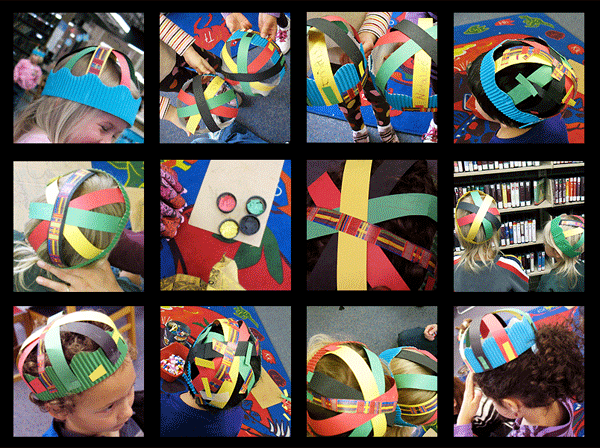 This week’s Page Presents show featured the book, Feliciana Feydra LeRoux Meets d’Loup Garou: A Cajun Tall Tale, by Tynia Thomassie and illustrated by Cat Smith.
This week’s Page Presents show featured the book, Feliciana Feydra LeRoux Meets d’Loup Garou: A Cajun Tall Tale, by Tynia Thomassie and illustrated by Cat Smith.
Feliciana is a feisty little girl and the youngest in a family of older brothers. One day she is particularly full of beans and has such a bad day that she and one of her brothers (who had been in charge of keeping her out of trouble) are made to stay home while the rest of the family goes to the fais do do. Her brother is so miffed that he has to miss the dance party because of her, he taunts her that the dreaded loup garou (Cajun werewolf) will get her.
When she hears a howl outside her window, she is sure that her brother ti-Jacques is trying to scare her, so she runs out into the swamp in hot pursuit. There she meets up with a real loup garou. When she confides her troubles, he tells her that howling at the moon always makes him feel better. They do some companionable howling, and the story ends happily. My oldest doll, that my mama made for me, played the part of Feliciana, and I made a not-too-scary Loup Garou puppet.
Mr. Matt had the kids clapping and hollerin’—and dancing!—along with the zydeco two-step, and this was a perfect lead-in to my story.  I asked the kids to howl along with the loup garou, and they howled with gusto. In my version of the story, the family returns from the party in a dancing mood, so Feliciana and ti-Jacques get swept up in a family fais do do at the end. This gave us a chance to crank up the zydeco again and give the kids another chance to “laissez les bon temps rouler!”
I asked the kids to howl along with the loup garou, and they howled with gusto. In my version of the story, the family returns from the party in a dancing mood, so Feliciana and ti-Jacques get swept up in a family fais do do at the end. This gave us a chance to crank up the zydeco again and give the kids another chance to “laissez les bon temps rouler!”
I decided that this week would be a good time for another open-ended craft. I asked the kids make a mask to answer the question: Who Is the Loup Garou?
I found a wolf mask template that I really liked. It had a jiggly, hand-drawn outline and a kind of rakish simplicity that reminded me of outsider art. I gave everyone a copy of the mask template and a small paper plate. They could mount their finished Loup Garou face on the paper plate for a sturdier mask.
I provided various kinds of paper, foam pieces, and a couple of boxes full of ribbons and trims. The kids did the rest.
And, as they modeled their masks for me, they started howling…
{ 0 comments }

































